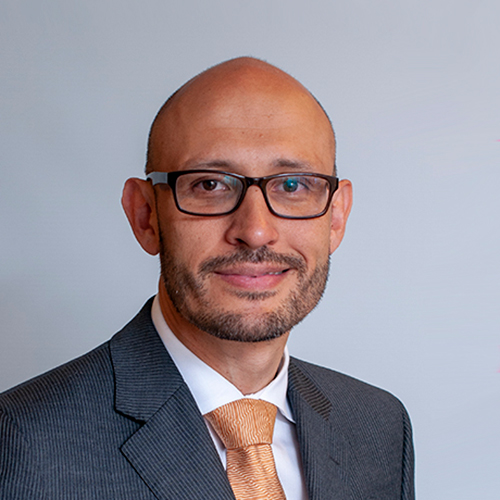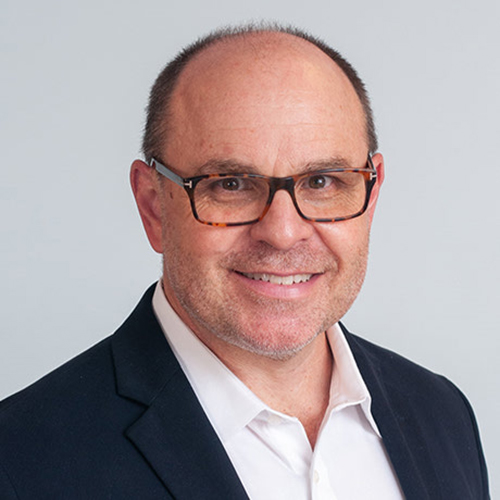-
- Find Care
-
- Visitor Information
- Find a Location
- Shuttles
- Visitor Policies
-
-
- Our Virtual Care Options
- Virtual Urgent Care
- Virtual Visits for Primary & Specialty Care
- Online Second Opinions
- Participate in Research
-
- Contact us
-
- For Innovators
- Commercialization Guide for Innovators
-
-
- Research News
- Alzheimer's Disease
- Artificial Intelligence
-
- Overview
-
- Overview
- Getting Started
- New to Mass General Brigham
- International Patient Services
- What Is Patient Gateway?
- Planning Your Visit
- Find a Doctor (opens link in new tab)
- Appointments
- Patient Resources
- Health & Wellness
- Flu, COVID-19, & RSV
- Billing & Insurance
- Financial Assistance
- Medicare and MassHealth ACOs
- Participate in Research
- Educational Resources
- Visitor Information
- Find a Location
- Shuttles
- Visitor Policies
- Find Care
-
- Overview
- Our Virtual Care Options
- Virtual Urgent Care
- Virtual Visits for Primary & Specialty Care
- Online Second Opinions
-
- Overview
- Participate in Research
-
- Overview
- About Innovation
- About
- Team
- News
- For Industry
- Venture Capital and Investments
- World Medical Innovation Forum (opens link in new tab)
- Featured Licensing Opportunities
- For Innovators
- Commercialization Guide for Innovators
- Contact us
-
- Overview
- Information for Researchers
- Compliance Office
- Research Cores
- Clinical Trials
- Advisory Services
- Featured Research
- Two Centuries of Breakthroughs
- Advances in Motion (opens link in new tab)
- Brigham on a Mission (opens link in new tab)
- Gene and Cell Therapy Institute
- Research News
- Alzheimer's Disease
- Artificial Intelligence
-
- Overview
-
- Overview
- Residency & fellowship programs
- Brigham and Women's Hospital
- Massachusetts General Hospital
- Mass Eye and Ear
- Newton-Wellesley Hospital
- Salem Hospital
- Integrated Mass General Brigham Programs
- Centers of Expertise
- Global & Community Health
- Health Policy & Management
- Healthcare Quality & Patient Safey
- Medical Education
- For trainees
- Prospective trainees
- Incoming trainees
- Current trainees
- Continuing Professional Development
Young Osteosarcoma Survivor Gets Back Into the Game, Thanks to Mass General for Children
Cancer may have taken much of Savannah Solivan's right leg. It couldn't, however, touch her heart or dampen her spirit. The 12-year-old survived a lengthy, harrowing medical journey and is now successfully adjusting to life with a prosthetic leg.
A wide range of specialists at Mass General Brigham have helped Savannah make it this far.
"I feel extremely fortunate that we ended up at Mass General for Children [MGfC]," said Savannah's mother, Jillian Gateley. "I feel like we had the best care that I could have ever imagined."
Concerns over wound healing
Savannah's treatments began with 10 weeks of chemotherapy—a painful and trying ordeal.
Next was a nine-hour surgery, where Dr. Lozano-Calderon removed the part of the shinbone with the tumor and replaced it with donor bone. Pathology tests showed that 99% of the tumor was dead, which made Savannah's doctors very optimistic about her long-term survival.
However, there were concerns about her near-term health. The incision at her shinbone, an area with very little extra skin, posed a significant risk for delayed healing and infection, especially with her immune system weakened by chemotherapy.
After surgery, Savannah began a new cycle of chemotherapy. A few months later, the wound showed signs of insufficient healing and infection. Over 16 days, she underwent three surgeries at MGfC to try to save her leg.
Prior to Savannah's discharge, Jillian learned the extent of care she would have to provide at home, from managing medications and wound drainage to administering anti-clotting injections twice a day. It seemed completely overwhelming.
Mass General Brigham Home Care offered a solution. Rachel Cuffy, RN, a nurse with the program, came over twice a week to tend to Savannah and allow Jillian to ask questions and get feedback on how she was doing with wound care when Rachel was not there.
"I was very happy to have a medical person looking at the wound, making sure it looked okay, and helping me figure out how to do things," Jillian said. "This woman was a savior."
Rachel remained a dependable presence in the home at various points throughout the rest of Savannah's treatment.
Choosing amputation
Unfortunately, Savannah's health struggles showed no signs of abating. Her wound continued to be plagued by infections, and she had to endure four more surgeries. She was also going through what would ultimately be 14 rounds of chemotherapy over an eight-month period.
Twenty-one months after her osteosarcoma diagnosis, Savannah and Jillian were exhausted and frustrated. They met with orthopedic oncology surgeon Kevin Raskin, MD, chief of Mass General's Orthopaedic Oncology Service, who had assisted on one of Savannah's surgeries.
Dr. Raskin explained that even if Savannah's leg finally healed—still a big "if" at that point—it would always be fragile. A return to gymnastics and other sports would be impossible.
As jarring as it sounded, Dr. Raskin said, a below-the-knee leg amputation might be the best path forward.
"People often feel like having your own leg is a better outcome than amputation," Dr. Friedmann said. "But Savannah is an active kid. She was never going to be able to safely do those activities she loved. But combining amputation with a prosthetic leg would give her a chance."
"It sounded like if she kept the leg, she wouldn't be able to walk for an indefinite amount of time. And then she wouldn't be able to do anything except walk," Jillian added. "She really wanted to get back into sports."
Savannah made the very mature and difficult decision to proceed with the amputation. She had Jillian's full support.
Dr. Raskin performed the operation with plastic surgeons Ian Valerio, MD, MS, MBA, and Kyle Eberlin, MD. Dr. Valerio is an expert in targeted muscle reinnervation, which involves rerouting amputated nerves to new muscle targets. The innovative procedure helps patients like Savannah avoid phantom limb pain, a common problem following amputation.
"She had phantom pain in the beginning, when the nerves were reconnecting," Jillian said. "And then a couple weeks after surgery, she was fitted for a stump shrinker [compression sock]. The phantom pain started to decrease, and now she doesn't have any."
'They're like family to us'
Jillian is grateful for the care Savannah has received at Mass General Brigham, starting with the team at the Pediatric Hematology/Oncology Unit. "They're like family to us," she said. "These women became my sisters, and they got me through the hardest thing I could ever imagine going through as a parent."
Members of the Child Life & Pediatric Integrative Therapies team have always been there when Savannah needed them most. This has included everything from serving as a calming presence during difficult medical appointments and procedures to showing up with a therapy dog to brighten Savannah's spirits.
Jillian also called out four other special people who have played instrumental roles in Savannah's care journey: Samantha Vincent, CNP (who works with Dr. Friedmann), Diana Freiberger, CNP (orthopedic oncology), Dannielle Eramia, RN (pediatric hematology), and Jenna Daddario, PA-C (plastic surgery).
Soon after being fitted with a prosthetic leg, Savannah was able to walk for the first time in ages. In just over a month, she started back at gymnastics. A return to soccer came next. Her first summer with the prosthetic also included plenty of swimming—first in pools, then in the ocean.
Now a seventh-grader, Savannah continues to work with physical therapy as she transitions to her new normal. It has been a joy for Jillian to watch her daughter get off the sidelines and back into the game.
"Her life had been put on hold for so long," Jillian said. "Now, she has a sense of hope again."

Contributor

Contributor

Contributor

Contributor

